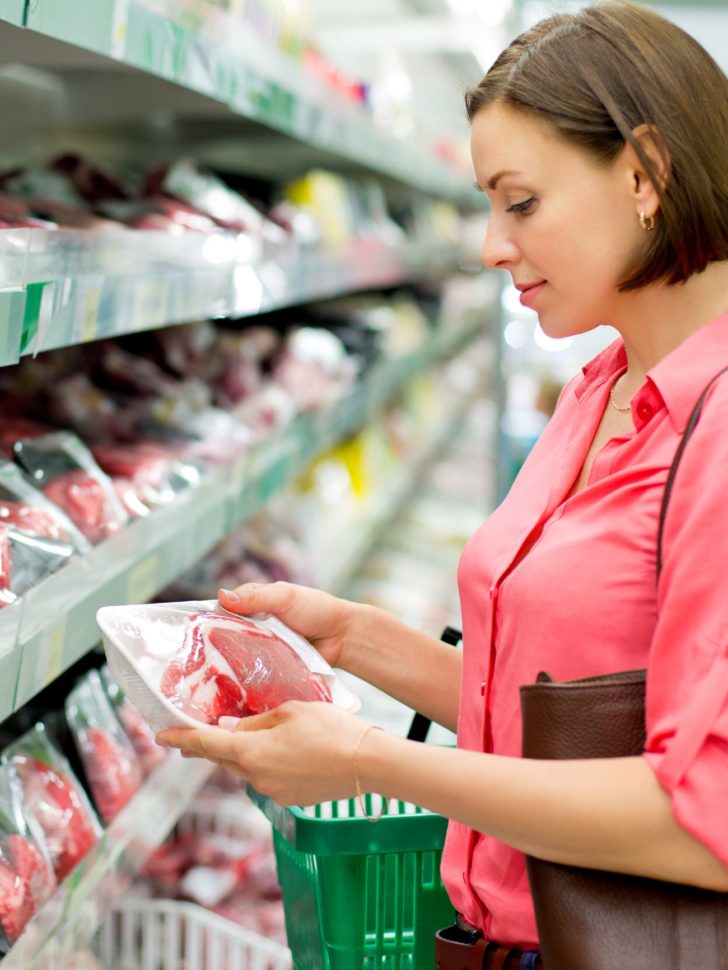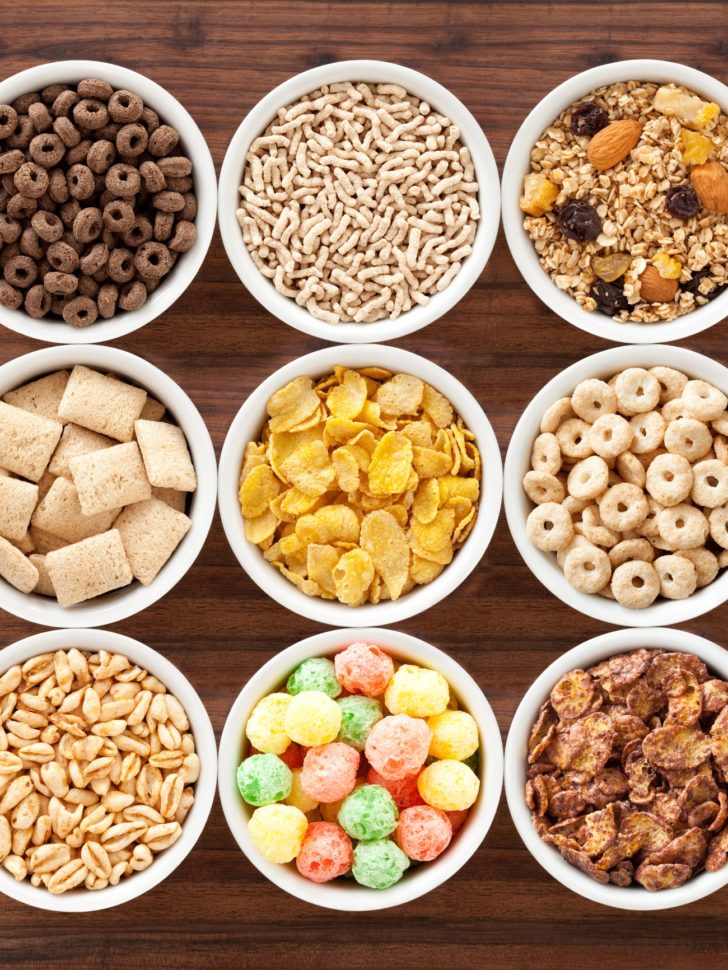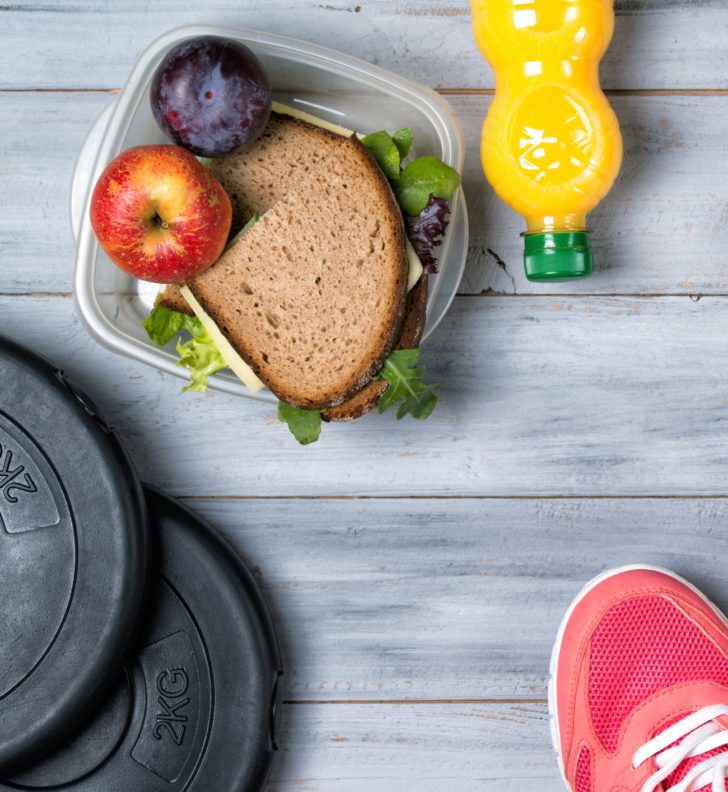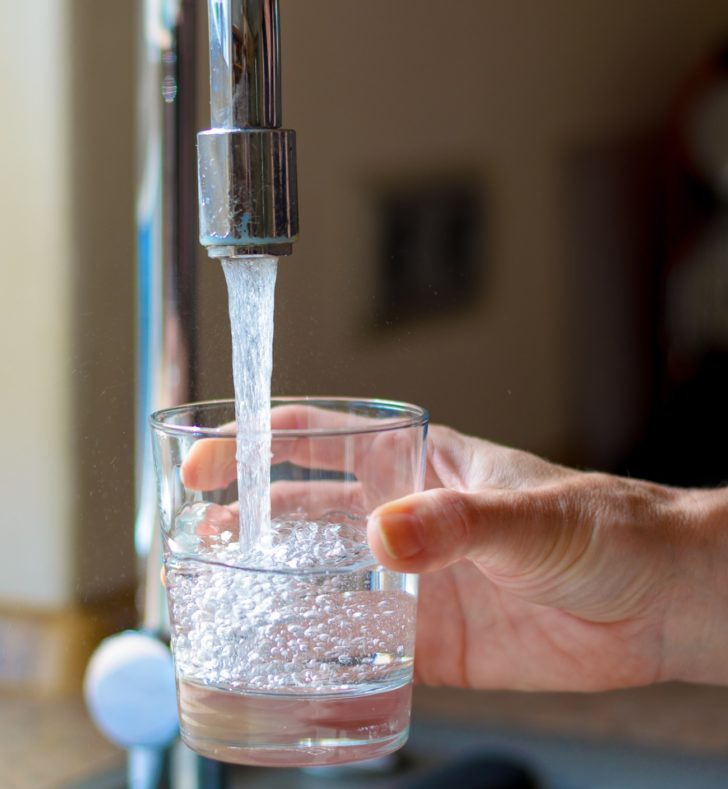
According to the World Health Organization, headaches are extremely common. All of us experience them, but what causes them? There are a variety of headache triggers (including medications, sinus issues, sleep issues, illness), but what if your headaches are caused by or exacerbated by something more easily within your control? Your eating habits could be adding to headache severity and/or frequency. Want to see how food can address your head pain? Review this list and find out if you are doing everything you can nutritionally.
1. Iron-rich foods

Consuming enough iron is crucial for the delivery of oxygen to your blood cells. Insufficient iron (anemia) significantly affects our day-to-day energy level and functioning. Headache and fatigue are classic symptoms of inadequate iron in the diet. Worldwide, 1.62 billion people have anemia.

There are two types of iron: heme and nonheme. Heme iron is very easily absorbed and is found in animal proteins. Non-heme iron (in plants and animals) sources are less iron-dense, but with enough effort, can be consumed in adequate amounts. Vitamin C helps with the absorption of iron, so it’s helpful to drink a glass of orange juice with that bowl of iron-fortified cereal in the morning.
Iron rich foods include: red meat, pork, poultry, beans, seafood, dark leafy green veggies, dried fruit, and iron-fortified grain products, including cereals.
2. Caffeine

We’ve all heard the recommendation to drink caffeine in moderation (defined as 400 mg per day or 4 cups of coffee). What we don’t always hear about is the importance of consistency – try not to drastically fluctuate your caffeine consumption. Drink it in moderation and consume that moderate amount regularly. Caffeine causes blood vessels to constrict. When caffeine consumption is interrupted, blood vessels dilate and the increase in blood flow to the brain causes headache.
3. Fuel activity

Eat before and after exercise: stay on top of your blood sugar. Our cells rely on oxygen and glucose (blood sugar) for fuel. Without enough of each, we will feel weak, tired, and headachy. Exercise causes the cells to take up and use blood sugar at a faster rate compared to when we are less active. To avoid crashing with a headache, eat a snack before working out and another one after to keep your cells fed and happy. Otherwise, you’re risking an energy crash and headache.
More snack tips on preventing headaches and energy dips
4. Alcohol in moderation

This is no surprise, right? Alcohol is a vasodilator (meaning it causes blood vessels to dilate) and a diuretic (which depletes body water and can lead to dehydration later). Both can trigger headaches. The Dietary Guidelines for Americans 2015 – 2020 define moderation as up to one alcoholic drink per day for women and up to two alcohol drinks per day for men.
5. Water

Dehydration affects blood volume and a lower blood volume means a lower amount of oxygen-rich blood getting to the brain. What happens next? Pain.
How much water should you drink to avoid headaches?
Keep a food & liquid log – collect data that will allow you to sort out possible nutrition-related causes of your headaches. If you have incorporated the recommendations above and are still regularly experiencing headaches, it’s time to visit your doctor.
*Migraines are a much more serious condition and nutrition/food recommendations are unique for those who experience migraines. For more information on migraines, visit the National Headache Foundation’s website.
Meaghan Ormsby, MS, RDN is a dietitian who promotes eating well & keeping it real.













